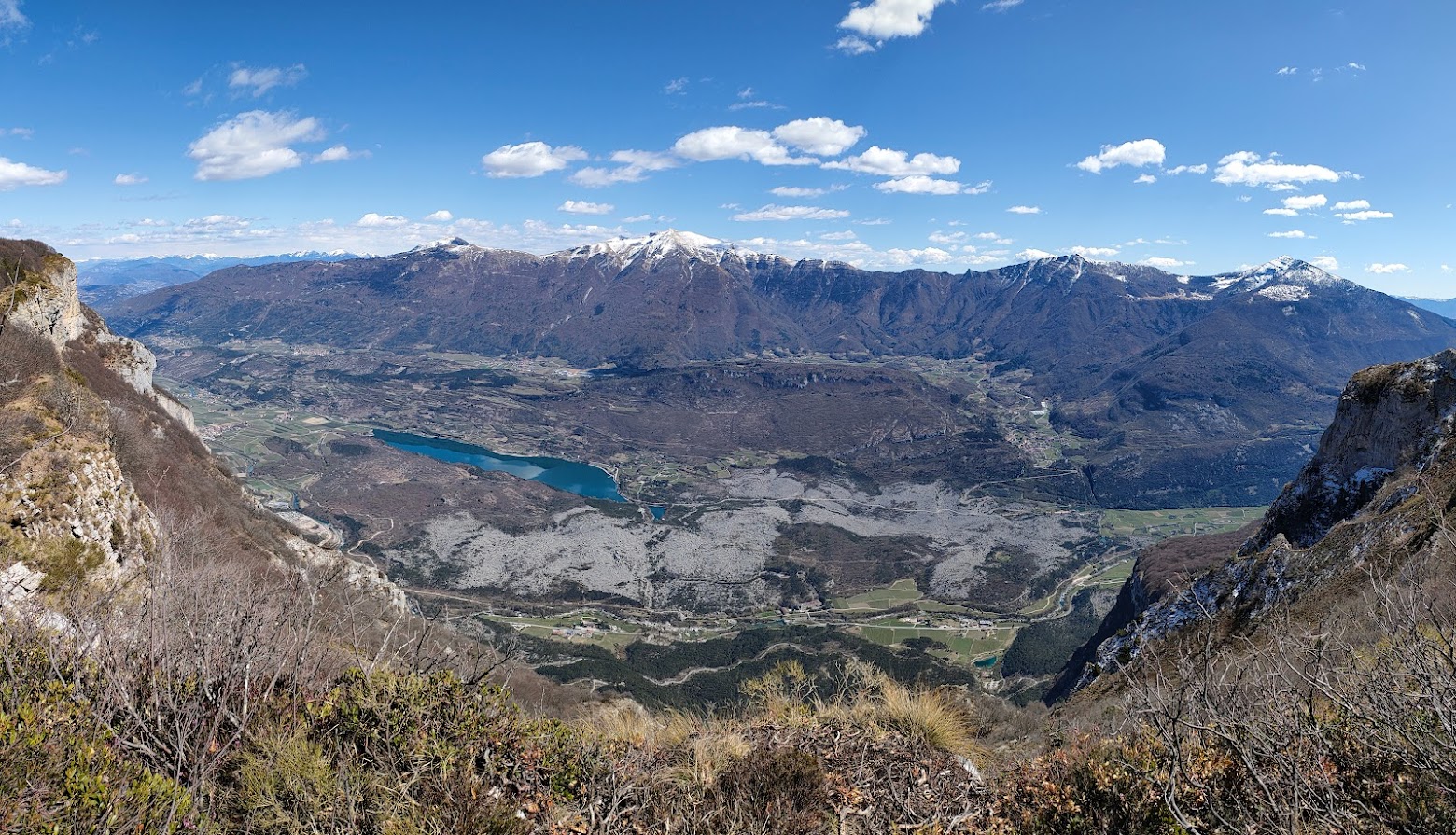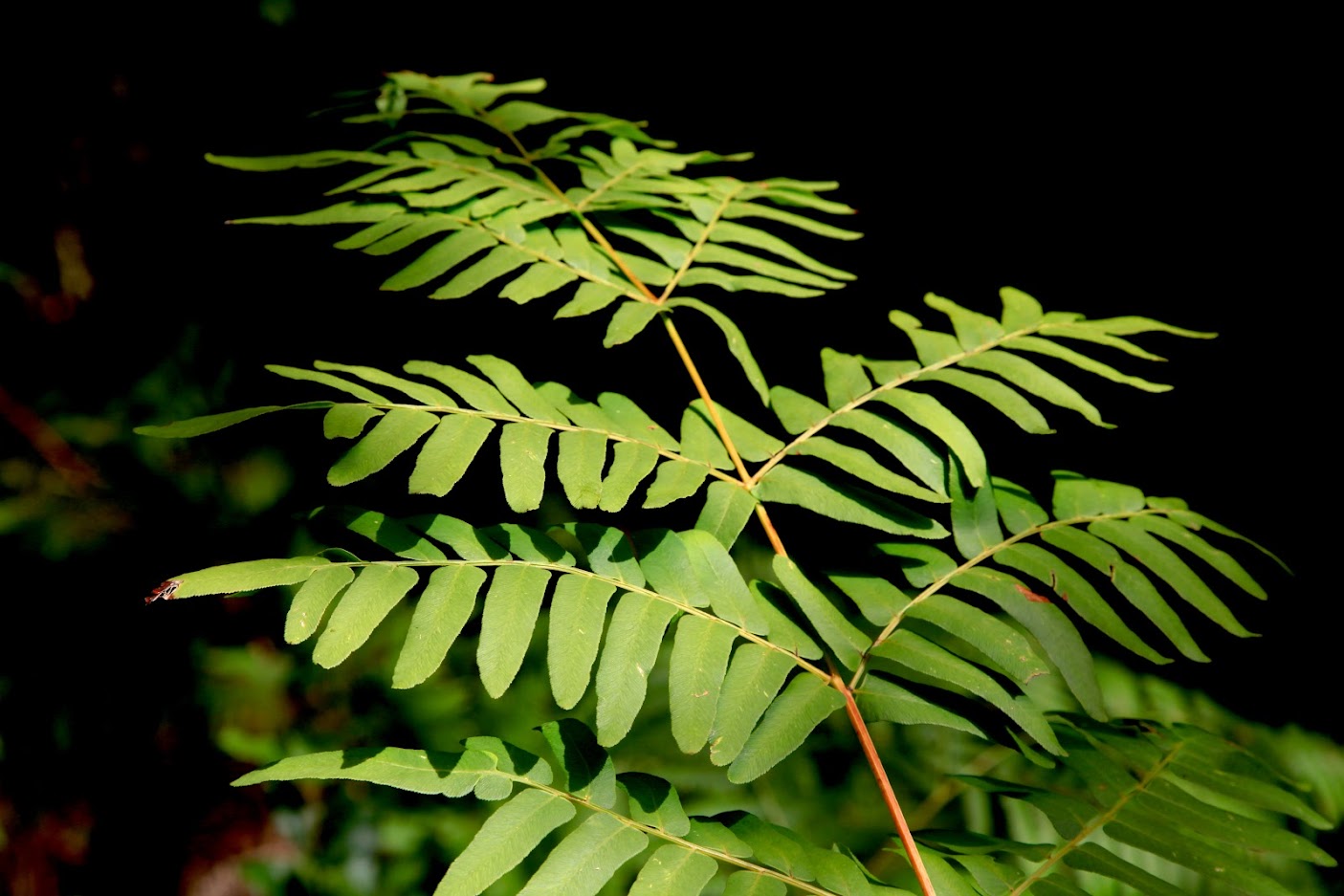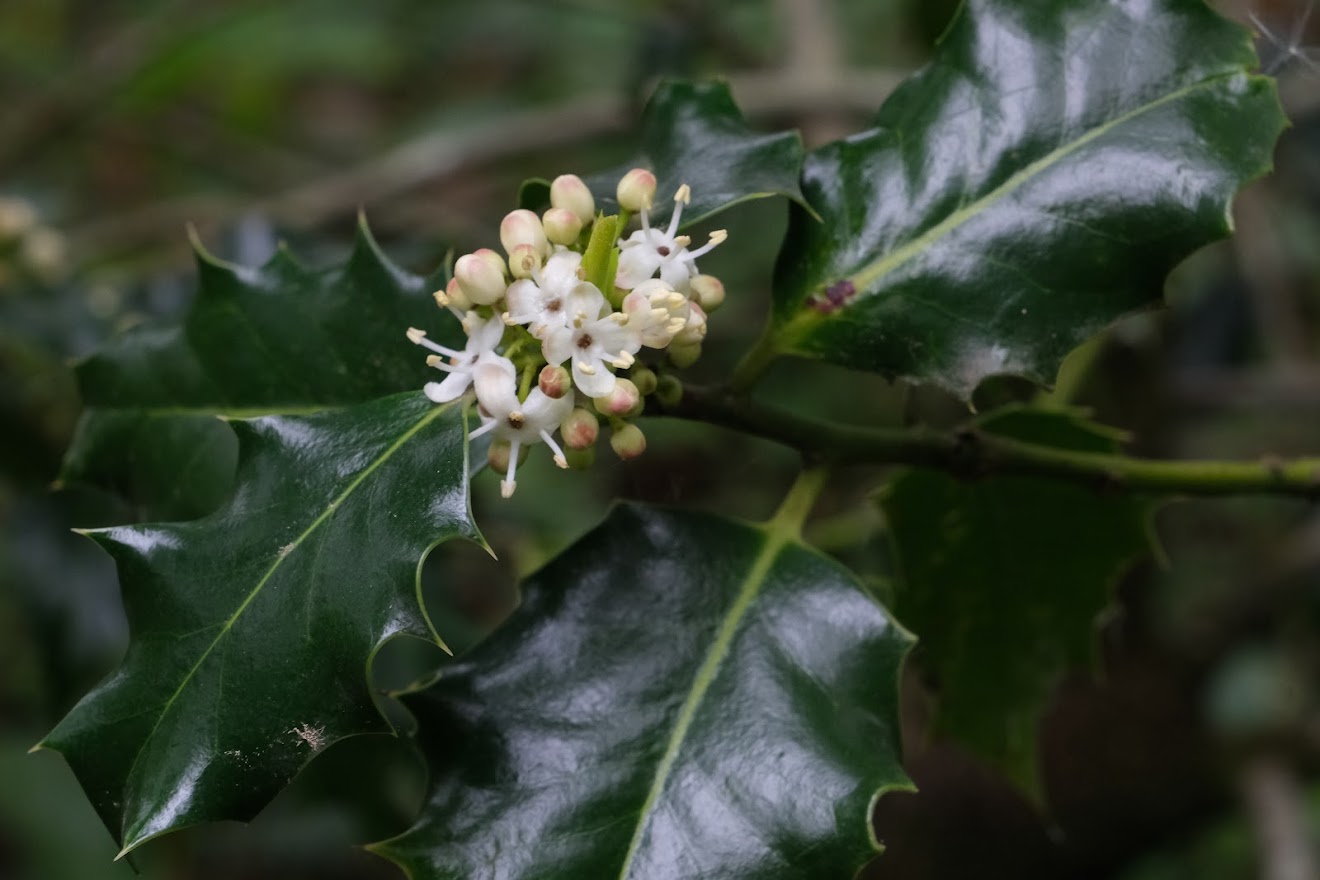Ongoing projects
BECAUSE – Plant Biodiversity and Ecosystem Change in protected Areas: land-Use impacts and Scenario Evaluation
Mountain areas of Italy experienced substantial socio-ecological changes over the last decades. Partly due to outmigration, traditional agro-forestry activities and cultural landscapes were progressively abandoned and forest expanded substantially. Concurrently, the introduction of the Habitats Directive and the Italian Framework Law on Protected Areas led to the designation of a vast network of protected areas. Abandonment and protection triggered profound changes. Many areas underwent a process of spontaneous rewilding, whose ecological consequences are still to be fully understood. These areas can therefore be seen as a quasi-experimental benchmark for assessing how passive rewilding, an increasingly invoked Nature-Based Solution, performs in tackling biodiversity loss and improving the resilience of natural ecosystems to climate change. BECAUSE (“plant Biodiversity and Ecosystem Change in protected Areas: land-Use impacts and Scenario Evaluation”) proposes an interdisciplinary, data-driven approach to understand historical and future trends of plant biodiversity in Italian rewilded mountain areas. We will produce spatially explicit assessments of vegetation change between 1990 and 2020 in three mountain protected areas spanning the Italian Peninsula: 1) Eastern Alps (Lagorai mountain range); 2) Northern Apennines (Foreste Casentinesi Monte Falterona e Campigna NP), and 3) Central Apennines (Velino Massif).
https://research.unisi.it/2024/04/02/plant_biodiversity_ecosystem_change/
******************************************************************************************
Tracing the evergreen broad-leaved species and their spread
In the European forests, an ongoing spread of evergreen broad-leaved species (EVEs) has been reported. Indicated drivers are milder winter temperature, forest regrowth, development due to land abandonment and increase in atmospheric CO2. To understand the spatio-temporal magnitude of this phenomenon, a latitudinal study encompassing EVEs-rich and -poor areas at the transition between the Mediterranean and Temperate zones is ongoing.
https://www.uibk.ac.at/en/projects/traceve/
******************************************************************************************
Ecological characterization of mountain Pinus nigra forests of the Eastern Alps

******************************************************************************************
Past projects
Forest habitat conservation status using ferns
The recognition of the ecological quality of ecosystems and habitats therein is increasingly important in the Anthropocene. However, there are still scarcely explored ways of how and what to assess to obtain a sound ecological status of habitats. Ferns are an understudied plant group, especially given their usefulness as ecological indicators. Disentangling biotic and abiotic factors that drive fine-scale fern distribution could provide insight into the quality of their habitats.
Scientific outcomes
Fine-scale fern ecological responses inform on riparian forest habitat conservation status

******************************************************************************************
Biodiversity in national parks: coupling scientific data with human perception
This interdisciplinary project combines expertise in Ecology with Social Anthropology. We aim at understanding what local people, tourists as well as stakeholders (e.g. park managers) in protected areas mean with the “Biodiversity” term and testing whether biodiversity varies in relation to the degree of protection.
Scientific outcomes
******************************************************************************************
Ecology, genetics, and conservation of endemic plant species of the Eastern Alps
The aim of the project is to analyze the genetic variability of populations of the different endemic species and to assess the germination requirements in concert with environmental parameters of the sampled populations.
******************************************************************************************
Formalized classification of European Mediterranean and temperate pine forests
The aim of the project is to provide a classification of European Mediterranean and temperate pine forests based on a vegetation plot dataset across Europe
Scientific outcomes
Classification of the Mediterranean lowland to submontane pine forest vegetation
******************************************************************************************
Habitat and communities of Mediterranean pine woodlands
The aim of the long-term project is to disentangle the ecological features of natural and long-established pine woodlands
Scientific outcomes
Classification of the Sardinian pine woodlands
Temporal increase in the extent of Sardinian pine formations
Conservation of the Mediterranean coastal pine woodlands: How can management support biodiversity?
EU priority habitats: rethinking Mediterranean coastal pine forests
Mediterranean coastal pine forest stands: Understorey distinctiveness or not?
Concordance between plant species, oribatid mites and soil in a Mediterranean stone pine forest
*****************************************************************************************
Vegetation and floristic studies in Tuscany
The aim of this long-term project is to fill vegetation and floristic gaps of this territory
Scientific outcomes (selected)
Remnants of naturalness in a reclaimed land of central Italy
Contribution to the vascular flora of Castelvecchio Nature Reserve (central Tuscany, Italy)
The non-medicinal plants of a historical tuscan herbarium: the “Erbario dei Cappuccini di San Quirico d’Orcia”
Contribution to the vascular flora of Pietraporciana Nature Reserve (Southern Tuscany, Italy)
******************************************************************************************
Assessment of optimal vegetation sampling strategies
The aim of the project is to assess the performances of different sampling approaches for documenting community diversity
Scientific outcome
******************************************************************************************
 Management of semi-natural grasslands
Management of semi-natural grasslands
The aim of the project was to find the optimal management practices to conserve multiple biological groups
Scientific outcomes


